Playing the Parallel Open Beta
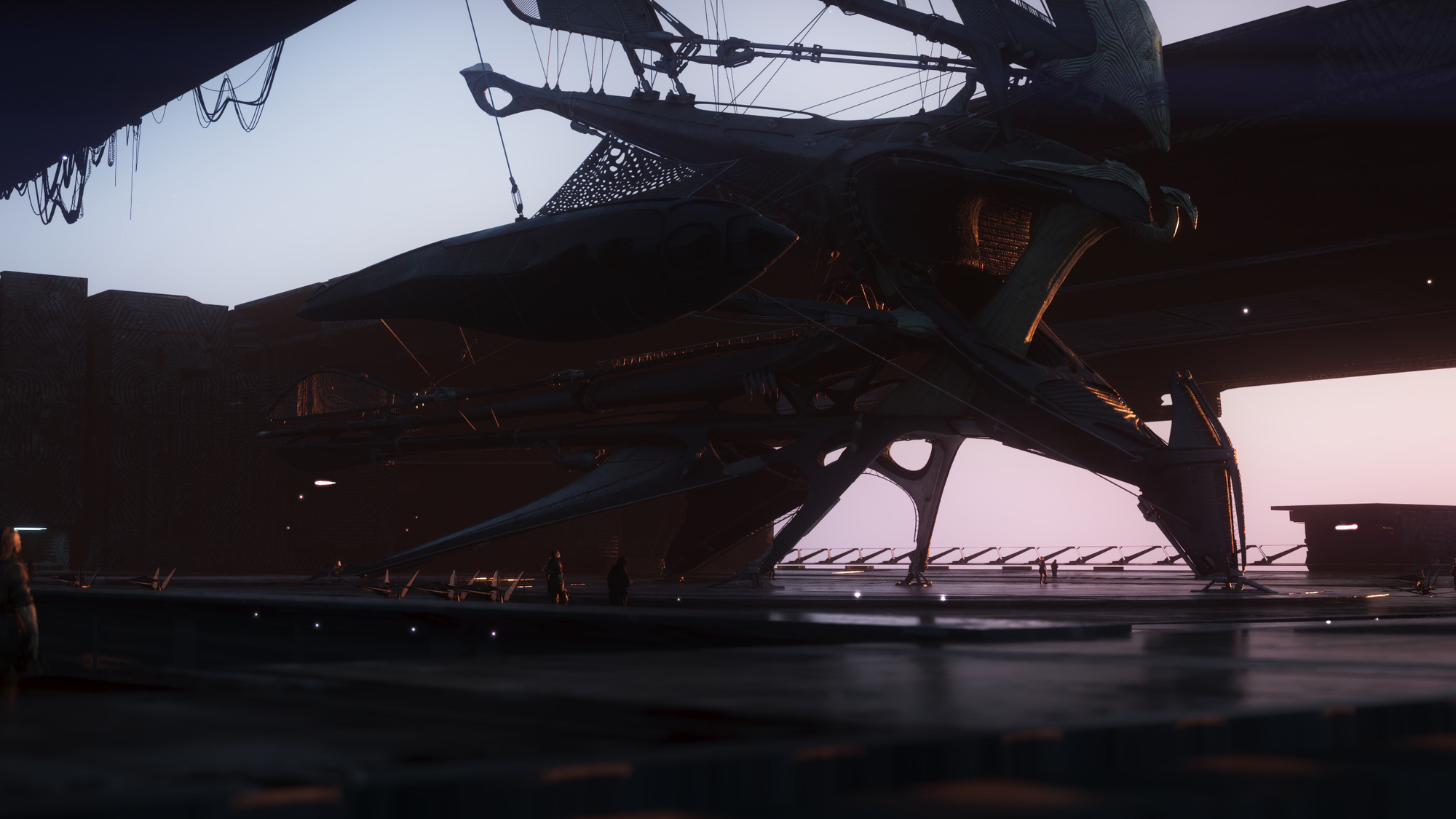
The Parallel trading card game (TCG), where players take control of unique factions to clash in strategic sci-fi battles, is an early star in the crypto gaming scene.
Take note, then, as Parallel is launching its open beta this Thursday, February 29.
That said, it’s a great time to dive into the basics of the game and prepare for your first matches if you haven’t played before.
For anyone just beginning here, today’s guide will cover all the main basics of Parallel to get you ready for dueling and earning $PRIME, which just hit a new all-time high price above $15 this morning!
A Beginner’s Guide to Playing Parallel
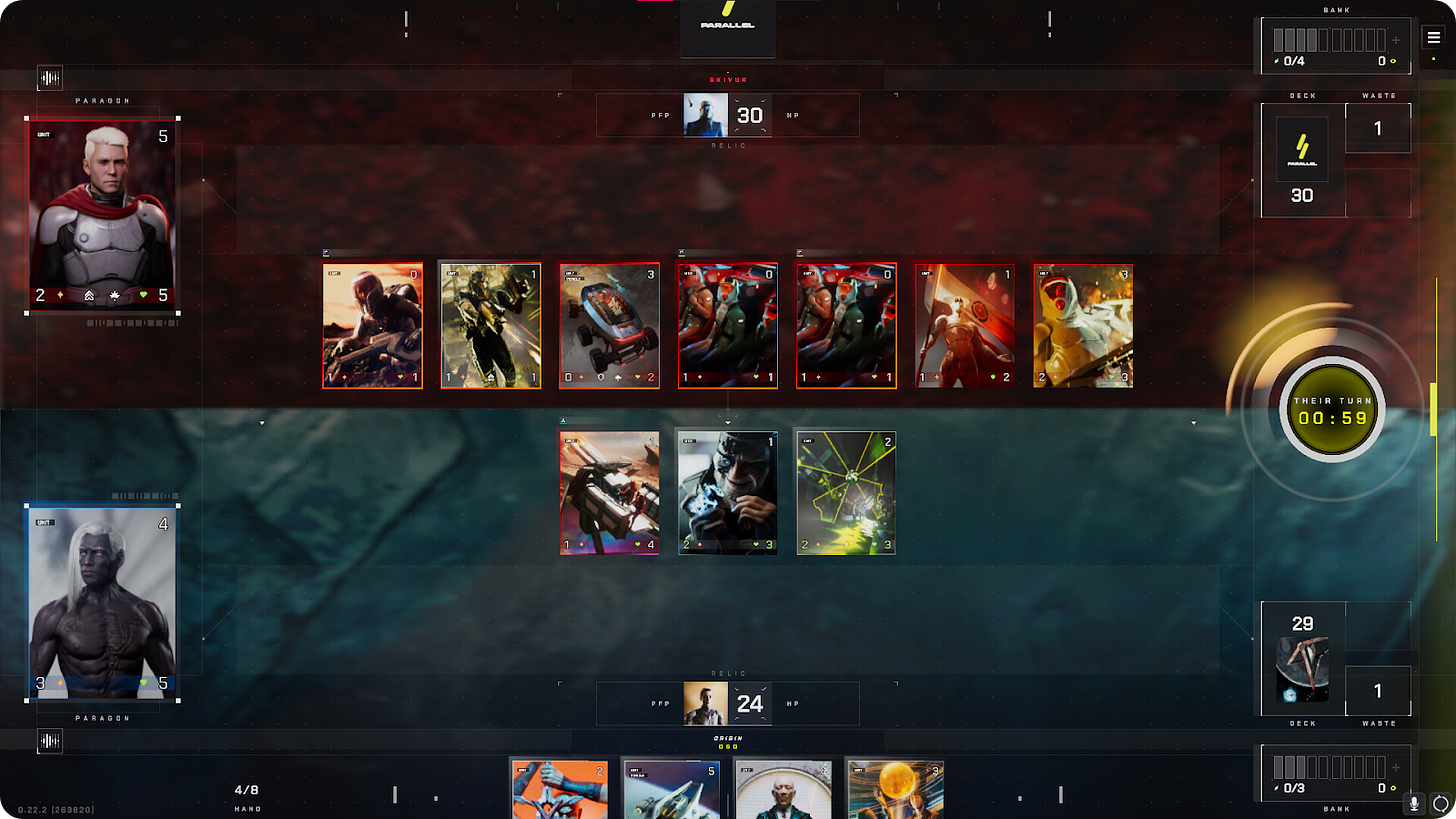
The basics of Parallel gameplay
Parallel is a strategic trading card game where players compete to reduce their opponent's life points from 30 to 0.
The game is played with a deck of 40 cards, and players start with a hand of 5, although with drawings there can be a maximum hand size of 8 cards at any given time. Before a Parallel match begins, players have the option to perform a “mulligan,” where they can shuffle any number of cards from their hand back into their deck and draw that many cards in return.
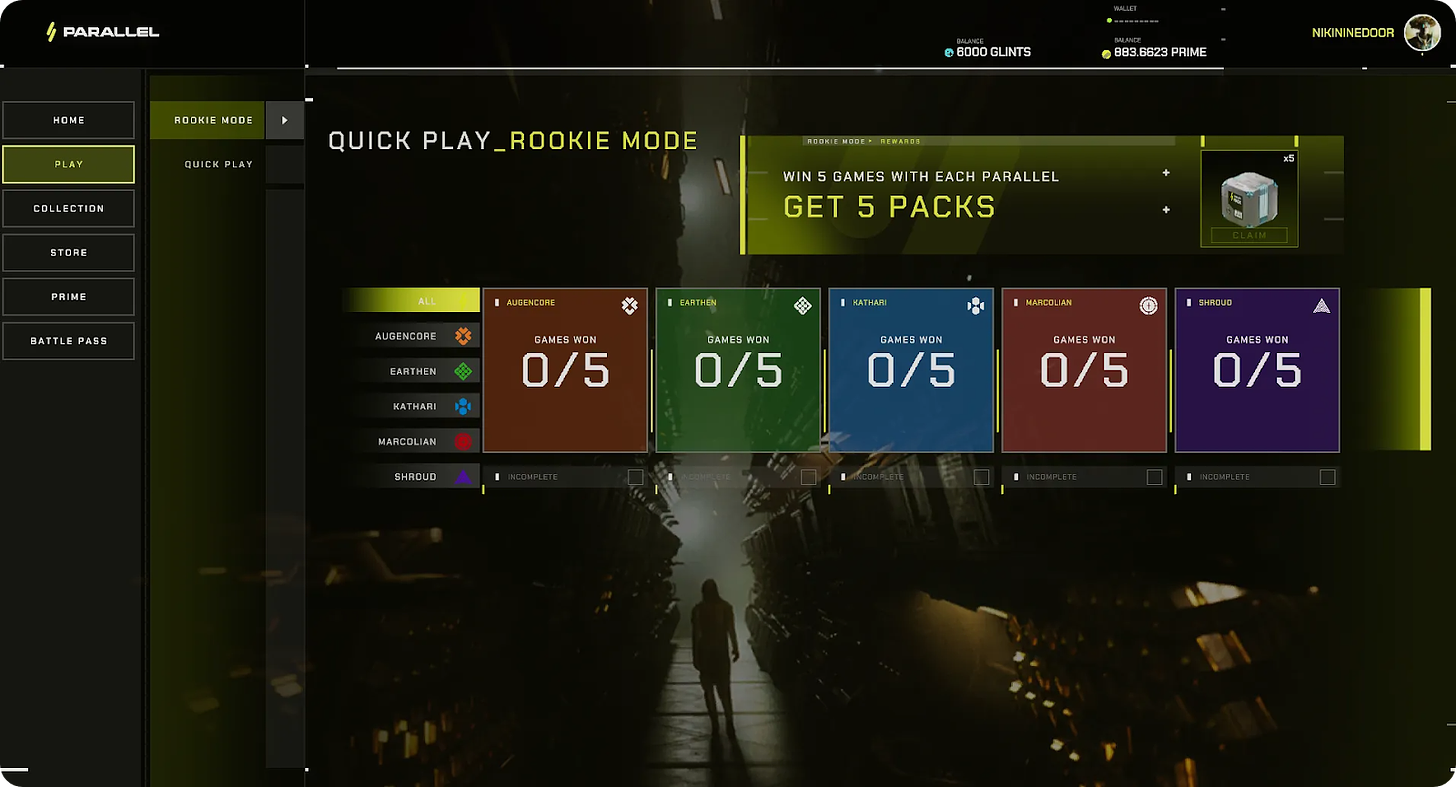
The different game modes
Parallel's open beta offers various game modes designed to cater to players at different stages of their journey:
Rookie Mode: Aimed at new players, this mode kicks off after completing the tutorial. Players start with 1 out of 3 Paragons, which are leader units with passive deck effects, unlocked for each of the 5 Parallel factions: Augencore, Earthen, Kathari, Marcolian, and The Shroud.
The goal here is to achieve wins with each Parallel, unlocking rewards along the way. The rewards for the first five wins with each Parallel include new Paragons, Common and Legendary Apparition (non-NFT) card packs, and an Apparition Starter Deck. Successfully winning 25 matches across all Parallels rewards additional Apparition Packs you can use to supplement your base (NFT) cards.
AI Mode and Unranked Mode: After unlocking your first Rookie Deck, these modes become available. AI Mode is ideal for testing different cards and combinations without affecting your rank or win/loss ratio. Unranked Mode offers a similar non-competitive environment where players can experiment with their decks freely.
Ranked Mode: For those ready to compete and earn their rank, Ranked Mode involves playing ten placement matches to determine your starting rank. In this trial phase and beyond, this mode allows players to earn $PRIME, the in-game currency at the heart of Parallel, based on wins.
Note, the amount of $PRIME earned from ranked wins can increase with a higher rank and is influenced by factors like the number of NFT cards held in the winning deck, win-streaks, holding a Parallel Avatar, and more.
The main gameplay mechanics
In Parallel, a player's turn consists of two main phases:
- 📇 The Draw Phase — In this initial sequence, a player draws a card from their deck.
- ⏩ The Turn Phase — During this period, players can play cards from their hand, attack with their units, and use abilities. Players can perform as many actions as they want and can afford based on their available energy.
When it comes to playing cards, there are four foundational card types to be aware of in Parallel:
- ⚔️ Unit Cards — These cards represent the creatures or characters that fight for the players. They have attack and health stats.
- 🪄 Effect Cards — These cards have immediate effects when played but do not remain on the field.
- 🏺 Relic Cards — Relics provide ongoing effects or abilities that can influence the game in various ways.
- ⏫ Upgrade Cards — Upgrades are attached to unit cards to enhance their abilities or stats.
With the basics of cards and turns down, it’s important to work on understanding the main gameplay concepts you will encounter in battles. These concepts include:
- 🔋 Energy — Used to play cards. Each card has an energy cost.
- 🏦 Banking — A strategy where players set aside cards for future turns.
- 💫 Muster — The triggering of a specific effect when a card is played.
- ❌ Pacifist — Units with this trait cannot attack.
- 🧱 Shielded — An effect indicating protection from initial damage.
- ♻️ Salvage — Allows players to retrieve cards from the waste pile.
Taken altogether, these main mechanics lead toward some fundamental strategies.
For instance, balanced deck building is key. In order to be competitive, your deck should have a mix of unit, relic, effect, and upgrade cards for handling different situations. Energy management is also important. Be very mindful of your energy levels, and plan your moves and cards around the energy you have available.
Additionally, banking cards and placing your units well are vital for success. The banking mechanism can prepare for future turns, ensuring you have the right cards when you need them, positioning your units strategically and deciding when to attack or defend based on your opponent’s field can make or break your battles.
As you start getting more experienced with Parallel gameplay, you’ll notice that your game sense will become more advanced, you’ll find yourself getting better at predicting your opponent’s moves and maxing together powerful card combos, so keep practicing and you’ll eventually find your stride.
🧠 If you need a refresher on any of the concepts mentioned above in the future, be sure to check out the Parallel FAQ, the Parallel Cheatsheet, or the Parallel Game Manual.
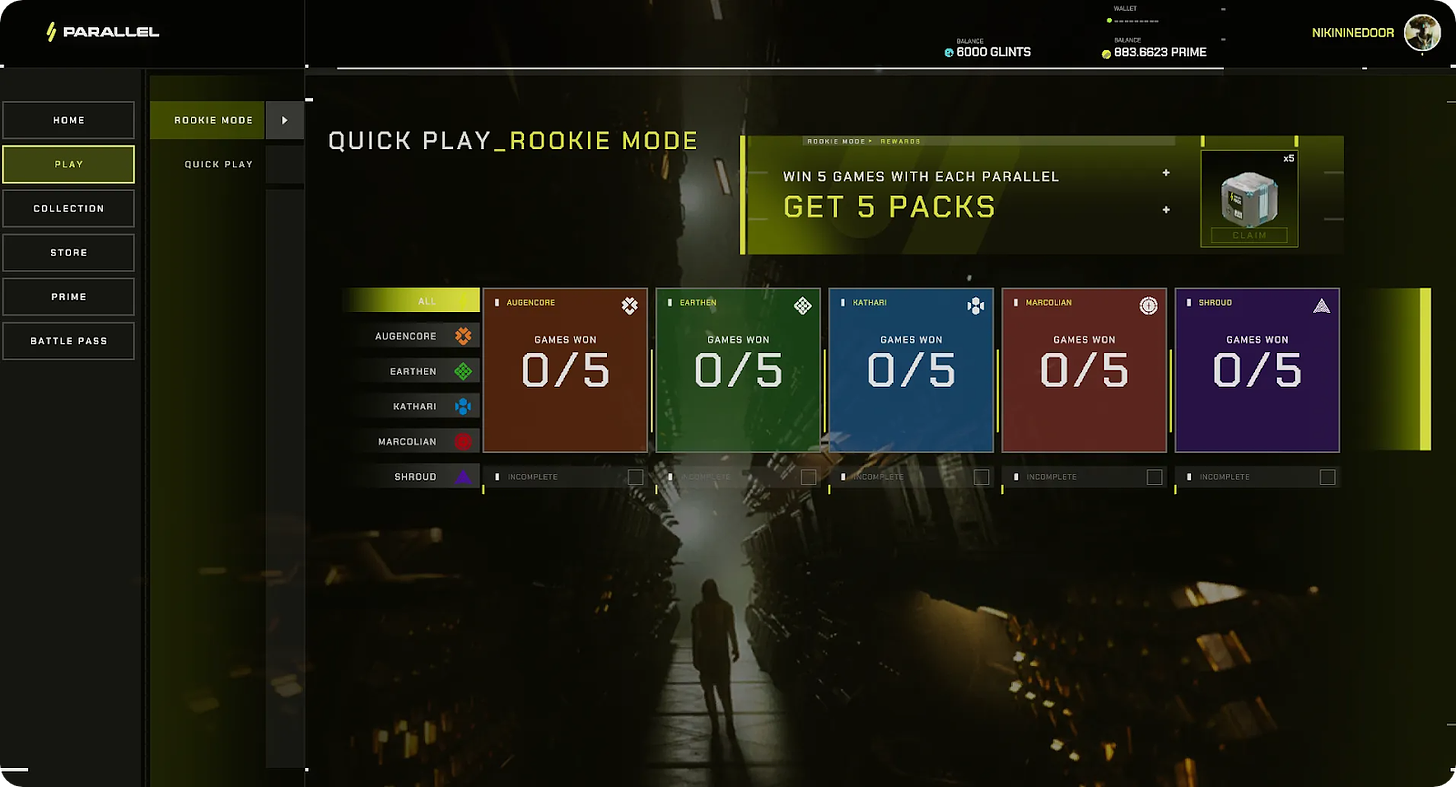
Building and managing a Parallel deck
You don’t have to buy any Parallel NFT cards to start playing Parallel, as you’ll earn a rookie deck simply from completing the game’s Rookie Mode campaign.
However, after that, you will need to win or acquire additional cards to enhance your capabilities or create multiple decks.
Parallel has cards deployed with associated OpenSea secondary markets on both Ethereum and the Base Layer 2 (L2) scaling solution, and it’s possible to “echo” cards from the former to the latter. That said, buying cards listed on OpenSea is one straightforward way to nab assets you want for your deck-building efforts, though soon it will be possible to rent cards via groups like ParagonsDAO, too.
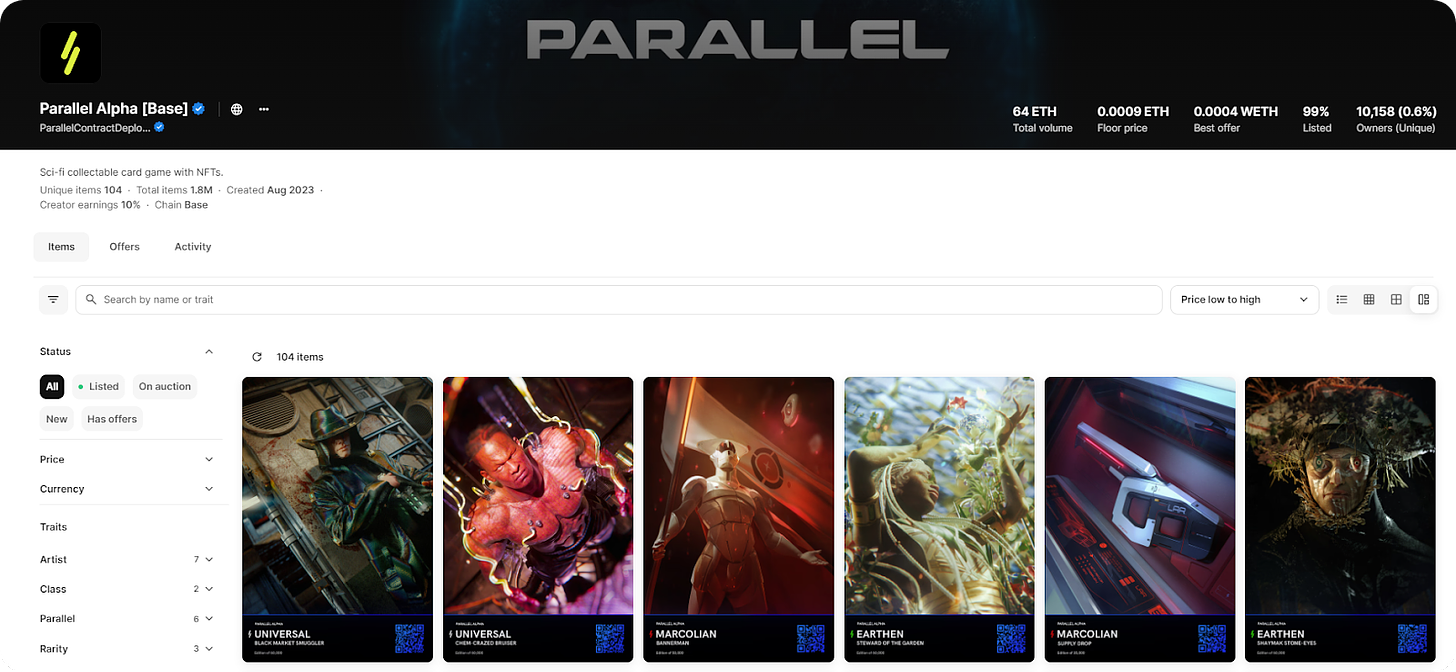
First, though, it makes sense to begin by focusing on a single Parallel faction that you want to try building a deck for. Each of the five factions has its unique strengths. A short summary of each, with links to general deck guides by Parallel wiz Alliestrasza, are as follows:
- 🟠 Augencore — Excels at attaching enhancements to units, boosting their abilities and stats.
- 🟢 Earthen — Emphasizes board control and strategic use of Defender units.
- 🟣 Kathari — Strong at generating clones for a control-centric playstyle.
- 🔴 Marcolian — Focuses on an aggressive playstyle, aiming to deal damage quickly to the opponent's health.
- 🔵 The Shroud — Aims for banishing units, removing them from play to prevent opponents from utilizing their full resources.
As you start to dive in deeper here, you can use resources like the main Parallel Cards dashboard, ParagonsDAO’s Priming explorer, or app.paralleldecks.xyz to identify, trade, and manage your cards. Parallel also just released Boxes and Binders for better organizing your decks.
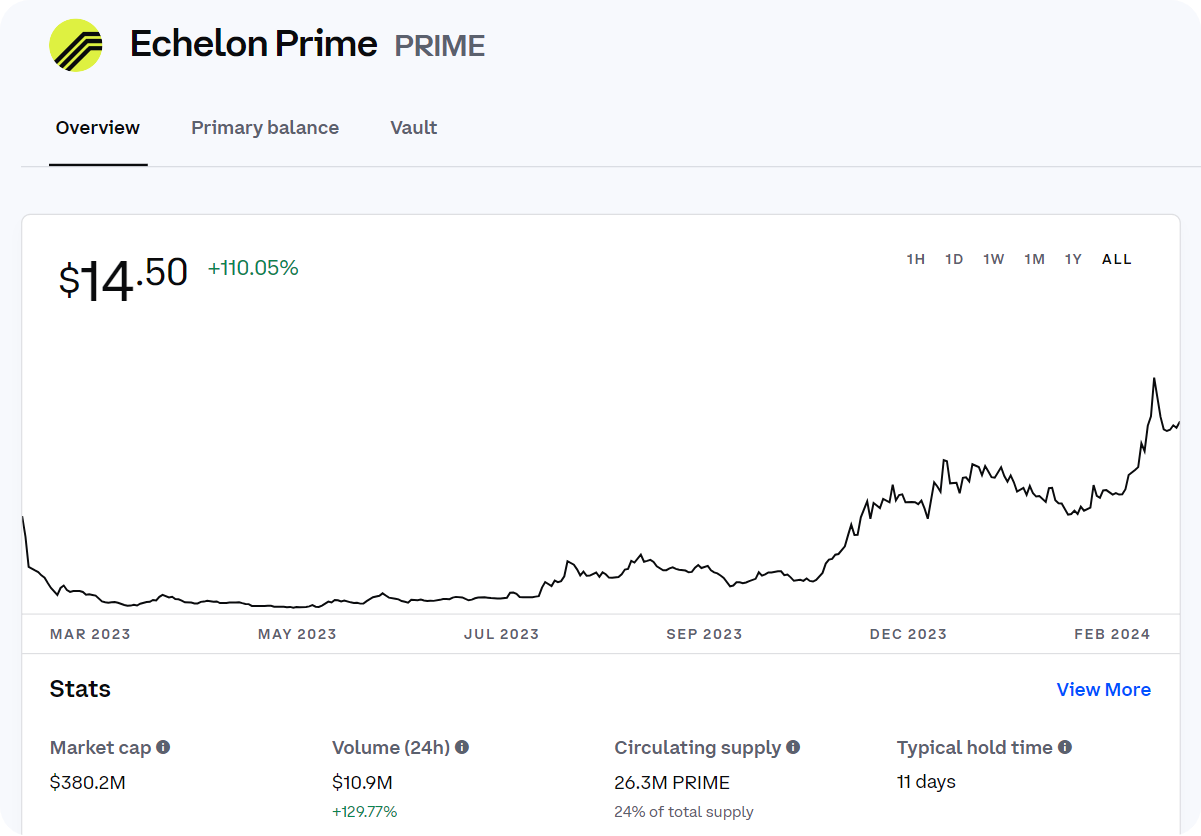
An overview of $PRIME
$PRIME is the core utility token for the Parallel universe, which includes the Parallel TCG and Parallel Colony, an AI-powered game that’s currently in development.
Players can earn $PRIME through gameplay by winning ranked matches in the Parallel TCG. As mentioned earlier, the amount of $PRIME earned per win is influenced by several factors, like a player’s matchmaking rating, win streaks, and more.
Note that there is currently a daily cap here, such that players can earn $PRIME from their five best five wins per day. On average, right now if you won 5 games per day for a month, you’d earn just over 10 $PRIME, which amounts to ~$150 USD at the current exchange rate. Not bad!
With your $PRIME earnings in hand, you can hold, sell for other assets like ETH, or spend on various Sinks, i.e. products and services, around the Parallel ecosystem. Some of these Sinks include Artigraphs (limited edition, signed Parallel cards), Glints (in-game currency for non-NFT purchases), and Cosmetics (equipable skins and emotes).
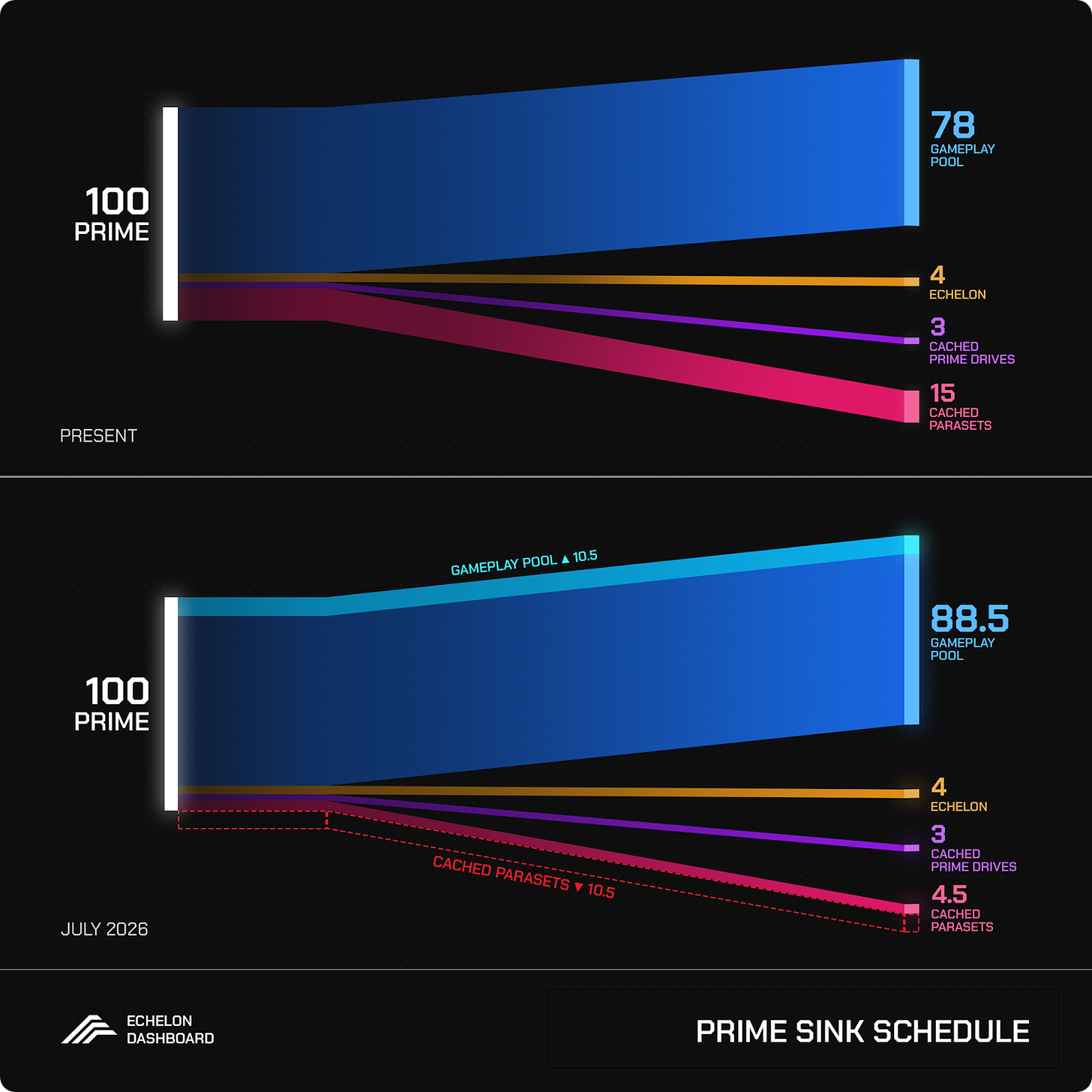
When $PRIME is spent on Sinks, a portion of it is redistributed to various components within the ecosystem, such as the Gameplay Pool, Sink creators, and others. This process is designed to facilitate a continuous flow of $PRIME back into the game's economy for a sustainable play-to-earn model over time.
The big picture
This Thursday, anyone will be able to download the Parallel game launcher to start playing the open beta.
This opening is the beginning of a new era for Parallel and offers a glimpse into the future of digital collectibles and gaming economies. Indeed, while Parallel’s gameplay itself is deep and fun in my opinion, one of the most exciting aspects here is how Parallel has thoughtfully integrated NFTs and the $PRIME token into its universe.
This dynamic makes players not just participants but real stakeholders. As Parallel continues to grow, these players will be well-positioned to capitalize on the game’s burgeoning economy, complete with its own unique market dynamics, trading strategies, and investment opportunities.
Looking further out, the expansion of the Parallel universe, including Parallel Colony and other potential future games, also hints at a teeming ecosystem where $PRIME will serve as the lifeblood for connecting and facilitating different gaming experiences. This interconnectedness can offer a blueprint for games that not only share a common currency, but also contribute to a shared economy and narrative universe.
Ultimately, though, the true success of Parallel and its model will depend on its community’s engagement, the balance of its play-to-earn mechanics, and the continued development of its universe. If it can keep building on these pillars, breakout success may be just around the corner!
Action steps:
- 🎮 Play Parallel: Download the game Feb. 29
- 🤖 Study Parallel Colony: See my recent guide
- 💎 Catch up on my previous weekly roundup: Creativity Pays in NFTs